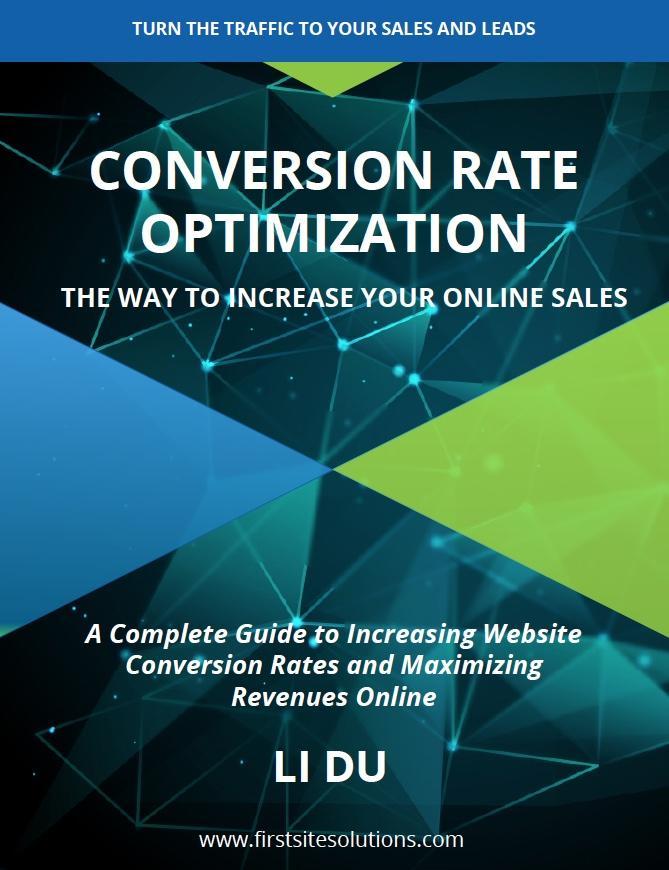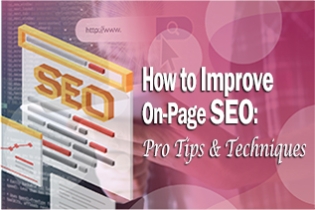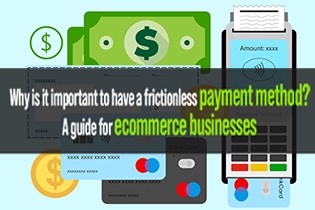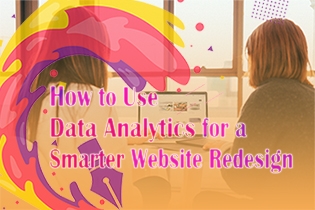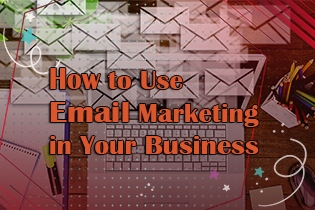
If you are looking for something to take your business efficiency up a notch, you should probably examine the potential of the Internet of Things (IoT). From the manufacturing sector to provide essential public services, it has influenced many segments so far.
The recent IoT trends are producing changes on a global scale. This is the time to jump on the bandwagon and prepare for an inevitable shift in your business avenues.

The Internet has always been a transformational force. It drives things towards digitization and connectivity. According to Microsoft’s 2020 IoT Signals Report, 91% of the global IoT decision-makers have adopted IoT in 2020. 9 in 10 of the people observed that IoT is critical for their company's success. Of these, 64% plan to implement it in the future.
Why Is Iot A New Force?
With the explosive growth of IoT uses and adoption, businesses who jumped the bandwagon found some incredible benefits at their disposal. Its ability to collect, scrutinize, and send data in seconds is one of the main reasons for its wide adoption.

According to Cision, PR Newswire, the IoT market has a substantial compound annual growth rate of 24.7%. Bigshot companies like Cisco, Microsoft, Google, Facebook, and Apple heavily invest in IoT applications.
IoT ranges from enhancing productivity and production via automation to using networks of interconnected sensors for greater visibility.
Colin Crow, the managing director of digital transformation specialist Sigma Dynamics says:
“IoT technology has been used to reduce the risk to employees while also ensuring productivity and efficiency remain as high as possible, crucial in the current economic climate.”
This blog aims to evaluate all the possible benefits IoT could bring for a business in light of this statement. If worked effectively, it could take a venture to a whole new level:
1. Global IoT Increases Productivity
It is time that we bid farewell to the era of manually operating a device for every task. You can now run multiple things from the same machine. From controlling the thermostat to increasing the volume on the TV and dimming the lights, every device could not get connected at the same portal.
Harnessing connected devices means that employees no longer need to stay in the same physical space to collaborate. Cloud-hosting software and portable devices enable employees to manage their work from anywhere over a shared network. A Harvard Business Review survey of 58% of the respondents reported they had seen collaboration within businesses due to IoT-based initiatives.

IoT can improve and enhance controls. Its examples can range from new visibility into the data to automating management that aligns IoT data, artificial intelligence, and machine learning. An increase in connectivity means a decrease in time taken to accomplish routine tasks.
Finally, using big data analytics through IoT can provide an overview of employee performance and help determine tasks that are improving the function of your company. Big data also plays a crucial role in tracking the efficiency of the manufacturing supply chain. It gives you a chance to follow the delivery system and inventories to stay ahead of the demands. Thus, IoT adds incredible value for the corporate world if utilized correctly.
2. Tailored Marketing Campaigns
The obvious use cases of IoT rotate around productivity, efficiency, and process monitoring; many companies are now using it to expand their reach. Connected devices and the IoT could enable companies to understand how individual customers interact with them in real-time.
Businesses can use analytic tools and learn about their customers and their preferences online. This information can help to deliver personalized marketing campaigns that will promote the brand more aggressively. IoT has given companies access to valuable marketing data without spending a hefty amount on marketing research or advertising services.
Take an imaginative leap for a moment and pretend that you are a gym rat. So you wear a Fitbit to keep track of your fitness activity, diet, and sleep patterns. On your way back home, you have this habit of popping at a Tesco to pick a sensible and nutritious dinner. It can help Tesco ping you a half-price voucher before you reach the till.
IoT can deliver adverts that are relevant and interesting for them from a customer's point of view. Meanwhile, for the marketer, it provides a rich context of how customers interact with a company. It turns into a means of incentivizing the buyer journey for individual customers.
Marketers can also use IoT solutions to monitor their campaigns and get instant alerts on their progress. This enables a business to make necessary adjustments to its marketing strategies and yield the best results.
It seems like everyone is a winner when it comes to using IoT for marketing a company. If the volume of data retrieval and adverts is in check, there could be stellar outcomes awaiting at the end of the tunnel.
3. Improved Business Security
One of the biggest concerns around the Internet of Things is to ensure that networks and devices connected to it are secure. Businesses can secure the devices connected via IoT by implementing an active security measure in their program. Providing security measures like password protection for software access is one way to safeguard the devices.

Another method to provide IoT security is to restrict internet usage on connected devices. They can do this by blocking a program behind a firewall or restricting usage to a few software features. Besides these, there are some other measures that companies could adopt to enhance the security of their IoT structure:
- Evaluate the security of every device before installation. IoT devices often display security certificates. One such example is the security framework created by the Industrial Internet Consortium.
- Some IoT devices only protect the gateway. The companies can also use them to secure all devices on that network. It is better to equip all nodes and sensors with onboard security.
- Outdated software is the common cause of security breaches. The companies can improve security by keeping all devices upgraded.
- They should also conduct regular risk assessments. Overlooking IoT audits can lead to serious consequences in the future.
- Companies should have a strict policy of encrypting all data. Though device providers usually infuse encryption in the design format, not all tools in the market arrive with integrated security algorithms.
- They can also deploy mobile monitoring. This is where they track the status of each device in real-time to know their security status.
Innovation always has the possibility to open potential loopholes in data protection. There are cases like that of the Saudi Arabian oil refinery. The safety system of this refinery was a target of the Triton industry malware. A vast amount of personal data leaked from the system.
Having an IoT up your sleeve where you closely monitor the network, it is possible to keep your company data away from malicious entities. Essentially, IoT devices are the technology that can bring many advantages to a business. This can lead to growth and scalability. The core requirement for companies is to ensure that they are following all protocols.
Security is a key issue. But if companies manage it through a strict policy, they can enjoy various IoT benefits.
4. Enhanced User Experience
As mentioned earlier, the presence of customer data can help companies to improve their customers’ overall shopping experience. IoT devices have enabled access to analytics and data. This is allowing companies to offer a personalized experience to their prospects.
In many ways, the retail industry is at the forefront of technology-driven changes. Meanwhile, companies like Amazon and Ocado dwell on a data-driven strategy. The future of retail businesses also lies in connecting with the customers and reducing friction. Customers now have a mentality where they need products instantly. Companies that can deliver this timely experience get praised and a positive reputation.
One method of improving the customer experience is by providing the customer support team with improved tools. They can monitor the problems faced by the clients. IoT will help them to address and resolve customer problems easily.
According to the Forbes Insights report, about 392 companies are investing in IoT to work on the current customer experience they provide. About 294 companies have already expanded in terms of tailored customer experiences.
Along with this, the mass integration of artificial intelligence with IoT and chatbots focus on customer satisfaction. It offers enterprise owners a unique way gateway into the customers’ lives.
Mercedes Benz sets an incredible example with Mercedes Me Connect. It is a perfect example of how IoT-connected cars can develop a superb in-car customer experience. This connected car allows customers to connect with the world by using modern sensors and technologies like machine learning to fit its IoT features.
US startup Zippin is exploring the use of several technologies to provide a flawless user experience. Besides helping customers, it also helps retailers with reduced costs and an improved inventory management system. They can track which goods are the most popular and which arrangement works best.
The enhancement of user experience with data streams and insights is the most prominent benefit of IoT applications. For all organizations, this brings enormous operational and strategic potentials.
5. Facilitates Omni-channel Service
The online shopping experience is leaps and bounds ahead of the conventional understanding. It uses technology and data to provide a unique and personalized experience.
The omnichannel approach to sales is increasingly popular today as it streamlines the overall shopping experience. IoT plays an active role in providing this service and improves the user experience exponentially.
Due to the usage of sensors on IoT devices, the manufacturers can supervise these operations. They can also check the status and service levels from remote locations and offer prompt support when the customer demands.
As per Goldman Sachs and BI Intelligence, the costs associated with sensor technologies have reduced by 50% in the past decade. This is speeding up the adoption of technology.
Amazon Go is the true embodiment of what a connected retail store looks like. Customers in these cashier-less stores don’t have the stamina to stand in the long queues for checkout as they want to grab what they wish to purchase and walk out.
Multiple cameras can record customers’ movements within the store. Computer visions along with clever algorithms combine to create a unique identification for each customer.
6. New Business Models
Companies now realize the scope of IoT to provide information about customers and how they use their products. Coffee machines, internet-connected cars, trains, and other smart things can feed the usage data back to their operators and manufacturers.
Companies that successfully integrate the IoT into their products stand up to reap immense rewards. IoT also allows organizations to shift away from conventional business models to the latest revenue streams. The data is valuable, but customers can also offer subscription-based services. It helps to draw on the interconnected nature of the company’s products. It offsets the initial cost of entry.
One such business model is the availability of remote working opportunities. IoT technology encourages collaboration and communication among the team members.
This helps to increase productivity levels within the workplace. According to Business Insider, companies that offer remote work are more likely to retain their employees. Even the remote workers tend to work longer average hours than non-remote workers.
To sum it up, industrial limitations are on the rise. The desire to support multiple ecosystems is also increasing. Companies can now use vast information for innovation. They can participate in different markets, appeal to the customer segments, and devise new opportunities for revenue generation.
Parting Thoughts
IoT technology provides endless business opportunities for modern companies. They can leverage these to enhance business operations in various ways. The ways studied above reveal how IoT can streamline business operations, improve customer experience, increase productivity, and help you reach the benchmark.
Data that converts into smart insights can help the companies to bring engaging and sophisticated solutions for the customers.


